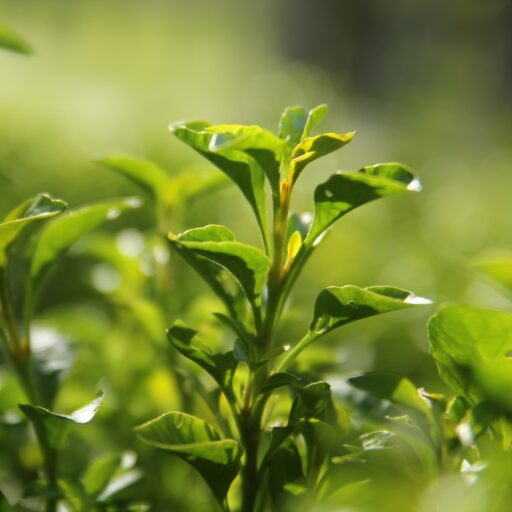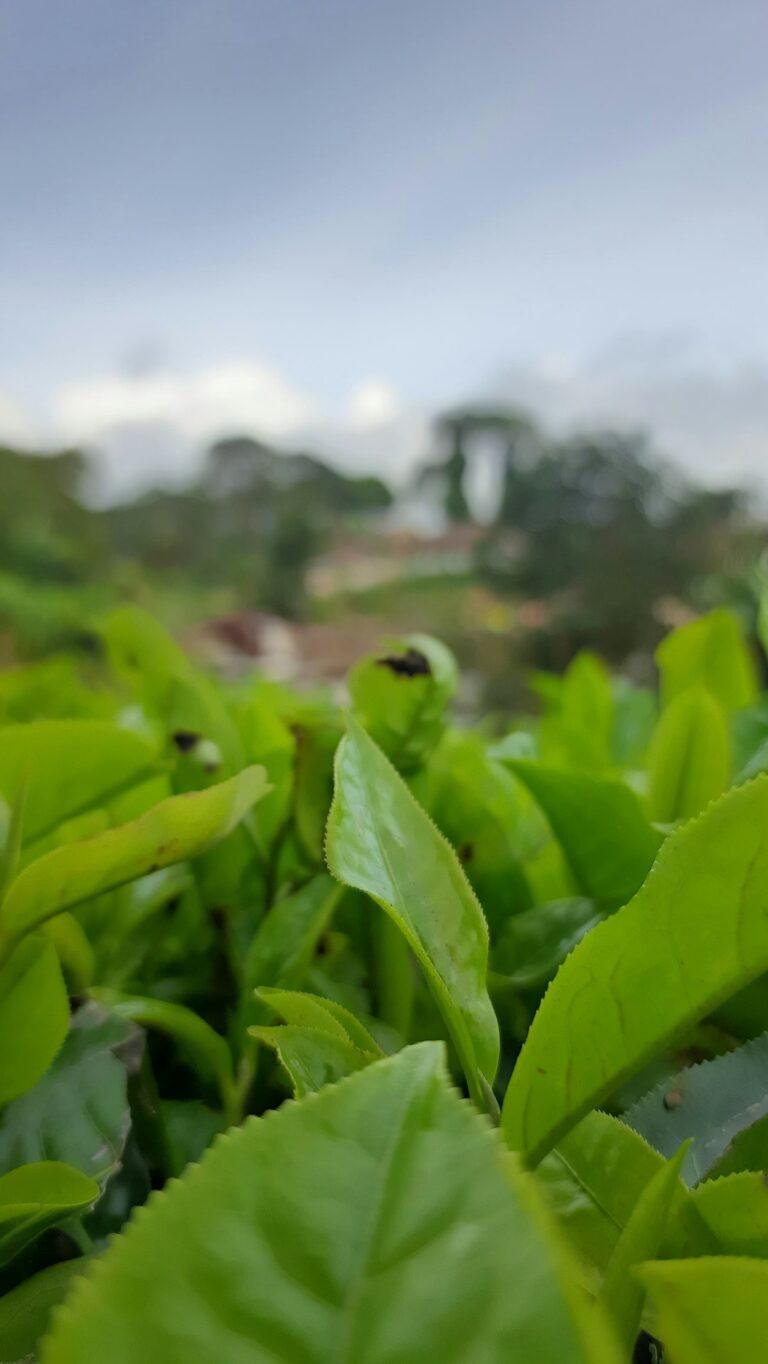Support our educational content for free when you purchase through links on our site. Learn more
Can I Grow a Tea Plant Indoors? 10 Essential Tips for Success! 🌱 [2025]
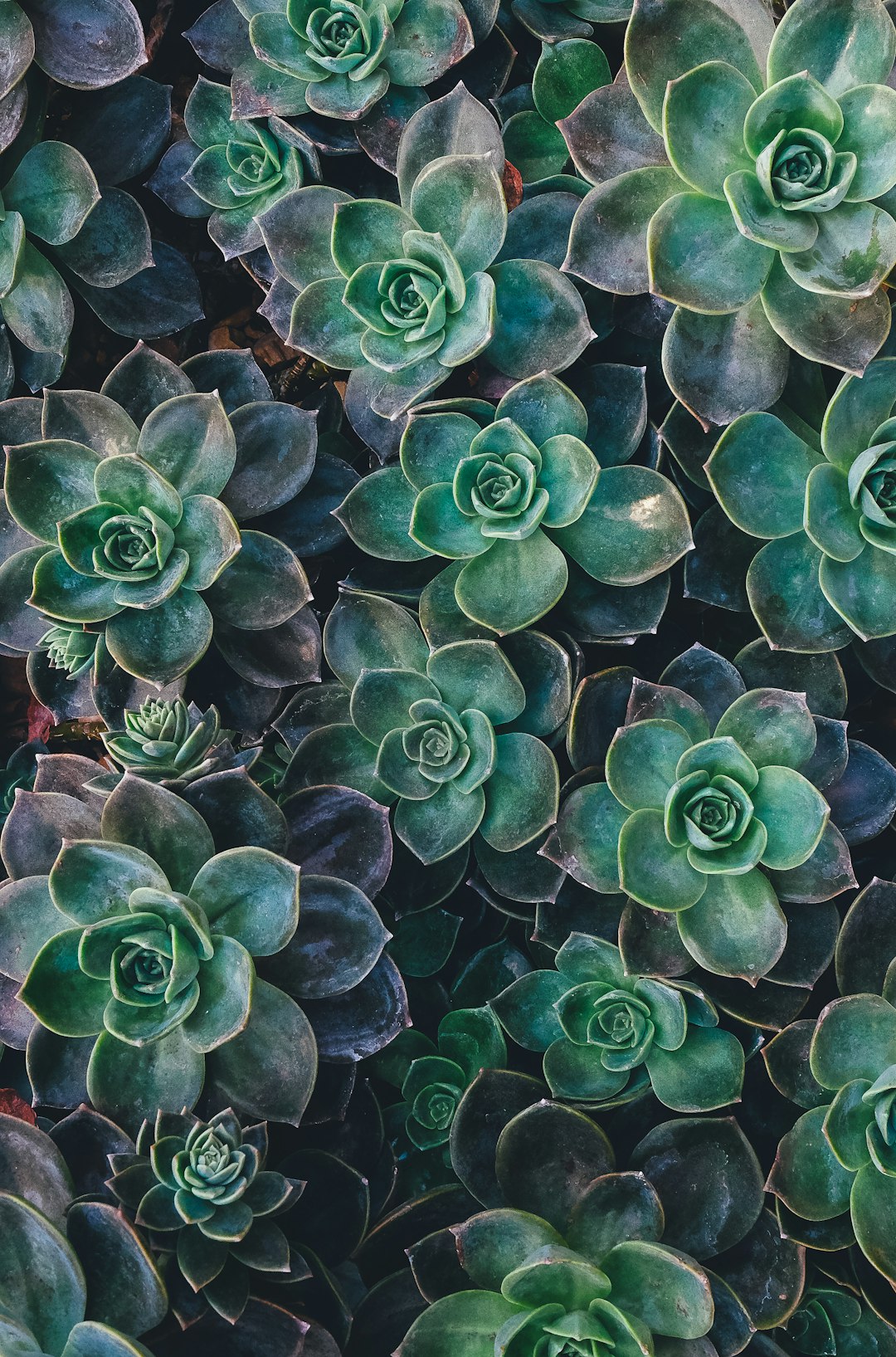
Have you ever dreamed of sipping a cup of tea brewed from leaves you grew yourself? 🌿 Imagine plucking fresh tea leaves right from your indoor garden and enjoying a delightful brew, all from the comfort of your home! While it may sound like a distant fantasy, growing a tea plant indoors is not only possible but also incredibly rewarding. In this article, we’ll guide you through everything you need to know about cultivating your own tea plant, from selecting the right variety to ensuring it thrives in your indoor environment.
Did you know that tea plants can live for over 100 years? That’s right! With the right care, your indoor tea plant can be a lifelong companion, providing you with fresh leaves for decades to come. So, are you ready to embark on this green adventure? Let’s dive into the essential tips and tricks for growing your very own indoor tea garden!
Key Takeaways
- Yes, you can grow tea plants indoors! With proper care and conditions, they thrive in pots.
- Choose the right variety: Assam and China tea are excellent options for indoor growth.
- Soil and light matter: Use well-draining, slightly acidic soil and provide 6-8 hours of sunlight daily.
- Water wisely: Keep the soil consistently moist but avoid overwatering to prevent root rot.
- Harvesting takes time: Expect to wait about 3 years before you can start enjoying your homegrown tea.
Ready to start your indoor tea-growing journey? 👉 Shop your indoor tea essentials:
- Tea Plants: Camellia Forest Nursery | Fast Growing Trees
- Books on Tea Cultivation: The Tea Book: All Things Tea | Tea: History, Terroirs, Varieties
Let’s get started on turning your indoor space into a thriving tea garden! 🌱✨
Table of Contents
- Quick Tips and Facts
- The Fascinating Journey of Tea: A Brief History
- Can You Really Grow a Tea Plant Indoors?
- Choosing the Right Tea Plant Varieties for Indoor Growth
- Essential Soil Types for Growing Tea Indoors
- Perfecting Your Indoor Tea Plant Spacing
- Light Requirements: How Much Sun Does Your Tea Plant Need?
- Watering Wisdom: Keeping Your Tea Plant Hydrated
- The Growth Timeline: How Long Until You Can Sip Your Own Tea?
- The Beauty of Tea Flowers: What Are They Good For?
- Where to Buy Your Indoor Tea Plant: Top Recommendations
- Processing Your Tea Leaves: From Plant to Perfect Brew
- Common Challenges in Growing Tea Indoors and How to Overcome Them
- Tips for Maintaining Your Indoor Tea Garden Year-Round
- Conclusion
- Recommended Links
- FAQ
- Reference Links
Quick Tips and Facts
Want to know the inside scoop on growing tea at home? What Tea Can You Grow at Home? 10 Varieties to Try! 🌿 2025 Here’s the tea:
- ✅ Yes, you CAN grow tea indoors! While tea plants thrive outdoors in the right conditions, you can absolutely cultivate them inside. Think of it like giving your tea plant a cozy little vacation home, year-round! 🏡
- 🐢 Patience is key. Don’t expect to be sipping homegrown tea overnight. It takes about 3 years for a tea plant to mature enough for harvesting. But hey, good things come to those who wait, right? 😉
- ☀️ Light is life. Tea plants love sunshine! ☀️ Choose a bright spot near a south-facing window for optimal growth. We’ll spill the tea on specific light requirements later.
- 💧 Don’t drown your tea! Overwatering is a common pitfall. Tea plants prefer well-draining soil and consistent moisture, not soggy roots.
- 🌱 Size matters. Choose a pot that’s large enough to accommodate your tea plant’s growing root system. We’re talking about long-term tea-mance here! ❤️
The Fascinating Journey of Tea: A Brief History

Before we dive into the nitty-gritty of indoor tea growing, let’s take a quick trip down memory lane. Legend has it that tea was discovered in ancient China over 5,000 years ago. Can you imagine? One minute you’re Emperor Shen Nong, just chilling under a tree, the next minute BAM – a gust of wind blows some leaves into your hot water, and history is made! 🤯
From those humble beginnings, tea has become a global phenomenon, enjoyed for its flavor, aroma, and even medicinal properties. And now, you can be a part of that incredible legacy by growing your own tea plant!
Can You Really Grow a Tea Plant Indoors?
The answer, my friend, is a resounding YES! While tea plants (Camellia sinensis) are native to regions with specific climates, they’ve proven to be surprisingly adaptable. With the right care and attention, you can create a thriving indoor environment for your very own tea garden.
Why Grow Tea Indoors?
- Climate control: Say goodbye to worrying about frost, extreme heat, or unpredictable weather patterns. Your indoor tea plant will be living its best life, no matter what’s happening outside.
- Year-round enjoyment: Who says you can’t have fresh tea leaves even in the dead of winter? An indoor tea garden allows you to enjoy the fruits (or should we say, leaves) of your labor all year long.
- Space-saving solution: Don’t have a sprawling backyard? No problem! Indoor tea plants can thrive in pots, making them perfect for apartments, balconies, or even just a sunny windowsill.
Choosing the Right Tea Plant Varieties for Indoor Growth
Not all tea plants are created equal, especially when it comes to indoor growing. Here at Growing Teas™, we’ve got the inside scoop on which varieties will thrive in your cozy abode:
- Assam Tea (Camellia sinensis var. assamica): Known for its robust flavor, Assam tea is a great choice for beginners. It’s relatively low-maintenance and can tolerate a wider range of temperatures.
- China Tea (Camellia sinensis var. sinensis): This variety is prized for its delicate flavor and aroma. While it can be a bit more finicky than Assam, it’s still very manageable indoors with proper care.
- Hybrid Tea Plants: There are also numerous hybrid tea plants available, each with its own unique characteristics. Do your research and choose one that suits your taste preferences and growing conditions.
Essential Soil Types for Growing Tea Indoors
Just like us, tea plants need the right nourishment to thrive. And it all starts with the soil! Here’s what you need to know:
- Slightly Acidic pH: Tea plants prefer a soil pH between 4.5 and 6.5. You can test your soil using a simple pH testing kit.
- Well-Draining Texture: No one likes soggy roots, especially tea plants! Choose a soil mix that drains well to prevent root rot. A good blend might include peat moss, perlite, and vermiculite.
- Nutrient-Rich Composition: Tea plants are hungry feeders, so make sure your soil is rich in organic matter. You can amend your soil with compost, worm castings, or other natural fertilizers.
Perfecting Your Indoor Tea Plant Spacing
When it comes to indoor tea plants, spacing is key. You want to give your plants enough room to breathe and grow without overcrowding them.
- Potted Plants: Choose a pot that’s at least 12 inches in diameter for a single tea plant. If you’re planting multiple plants in a larger container, space them at least 18-24 inches apart.
- Pruning: Regular pruning will help to control the size and shape of your indoor tea plants, preventing them from becoming too leggy or overgrown.
Light Requirements: How Much Sun Does Your Tea Plant Need?
Remember how we said tea plants love sunshine? Well, here’s the deal:
- 6-8 Hours of Sunlight: Aim for at least 6-8 hours of direct sunlight per day. A south-facing window is ideal, but you can also supplement with grow lights if needed.
- Signs of Insufficient Light: If your tea plant isn’t getting enough light, it may become leggy and produce fewer leaves. On the other hand, too much direct sunlight can scorch the leaves.
Watering Wisdom: Keeping Your Tea Plant Hydrated
Watering is one of the most important aspects of indoor tea plant care. Here’s how to strike the perfect balance:
- Consistent Moisture: Keep the soil consistently moist but not waterlogged. Stick your finger into the soil – if it feels dry to the touch, it’s time to water.
- Drainage is Key: Make sure your pot has drainage holes to prevent overwatering. Empty any excess water that collects in the saucer beneath the pot.
- Water Quality Matters: Tea plants are sensitive to chlorine and other chemicals found in tap water. Use filtered water or let your tap water sit out overnight to allow the chlorine to evaporate.
The Growth Timeline: How Long Until You Can Sip Your Own Tea?
We know, we know – you’re eager to start sipping your homegrown tea! But patience, young Padawan. Here’s a general timeline for tea plant growth:
- Year 1-2: Your tea plant will focus on establishing its root system and producing new growth.
- Year 3: You can start harvesting small amounts of tea leaves for personal consumption.
- Year 5 and Beyond: Your tea plant will reach maturity and produce an abundance of delicious tea leaves.
The Beauty of Tea Flowers: What Are They Good For?
Did you know that tea plants produce beautiful white flowers? They’re not just pretty to look at – tea flowers are also edible and have a delicate, slightly sweet flavor.
- Culinary Uses: Tea flowers can be used to make tea, of course! They can also be added to salads, desserts, or even cocktails for a touch of elegance.
- Medicinal Benefits: Tea flowers are believed to have antioxidant and anti-inflammatory properties.
Where to Buy Your Indoor Tea Plant: Top Recommendations
Ready to start your indoor tea-growing journey? Here are a few of our favorite places to buy healthy, high-quality tea plants:
- Local Nurseries: Check with your local nurseries to see if they carry tea plants.
- Online Retailers: There are many reputable online retailers that specialize in tea plants, such as Camellia Forest Nursery and Fast Growing Trees.
Processing Your Tea Leaves: From Plant to Perfect Brew
Once your tea plant is mature enough to harvest, the real fun begins! Processing your own tea leaves is a rewarding experience that allows you to create unique and personalized blends.
Here’s a simplified overview of the process:
- Plucking: Harvest young tea leaves and buds, typically the top two leaves and a bud.
- Withering: Spread the leaves out on a clean surface to wilt for several hours.
- Rolling: Gently roll the leaves to break down the cell walls and release their natural oils.
- Oxidation: This step is optional and determines the type of tea you’ll create. Black tea is fully oxidized, while green tea is not oxidized at all.
- Drying: Heat the leaves to stop the oxidation process and remove excess moisture.
- Storing: Store your dried tea leaves in an airtight container in a cool, dark place.
Common Challenges in Growing Tea Indoors and How to Overcome Them
Like any plant, tea plants can sometimes face challenges, especially when grown indoors. But don’t worry – we’re here to help you troubleshoot any issues that may arise!
1. Pests
- Problem: Indoor tea plants can be susceptible to common houseplant pests like spider mites, aphids, and mealybugs.
- Solution: Regularly inspect your plants for signs of pests. You can use insecticidal soap, neem oil, or other organic pest control methods to keep these critters at bay.
2. Diseases
- Problem: Overwatering or poor drainage can lead to fungal diseases like root rot.
- Solution: Ensure your potting mix drains well and avoid overwatering. If you notice signs of disease, remove affected leaves and treat the plant with a fungicide.
3. Lack of Humidity
- Problem: Tea plants prefer humid environments, which can be challenging to maintain indoors, especially during the winter months.
- Solution: Use a humidifier, group your plants together, or place your tea plant on a tray filled with pebbles and water to increase humidity levels.
Tips for Maintaining Your Indoor Tea Garden Year-Round
- Fertilize Regularly: Tea plants are heavy feeders and benefit from regular fertilization. Use a balanced, water-soluble fertilizer every 2-4 weeks during the growing season.
- Repot When Necessary: As your tea plant grows, it will eventually need to be repotted into a larger container. This is typically done every 2-3 years.
- Rotate for Even Growth: Rotate your tea plant regularly to ensure that all sides receive adequate sunlight.
- Enjoy the Journey: Growing tea indoors is a rewarding and enjoyable experience. Don’t be afraid to experiment and learn as you go!
Conclusion
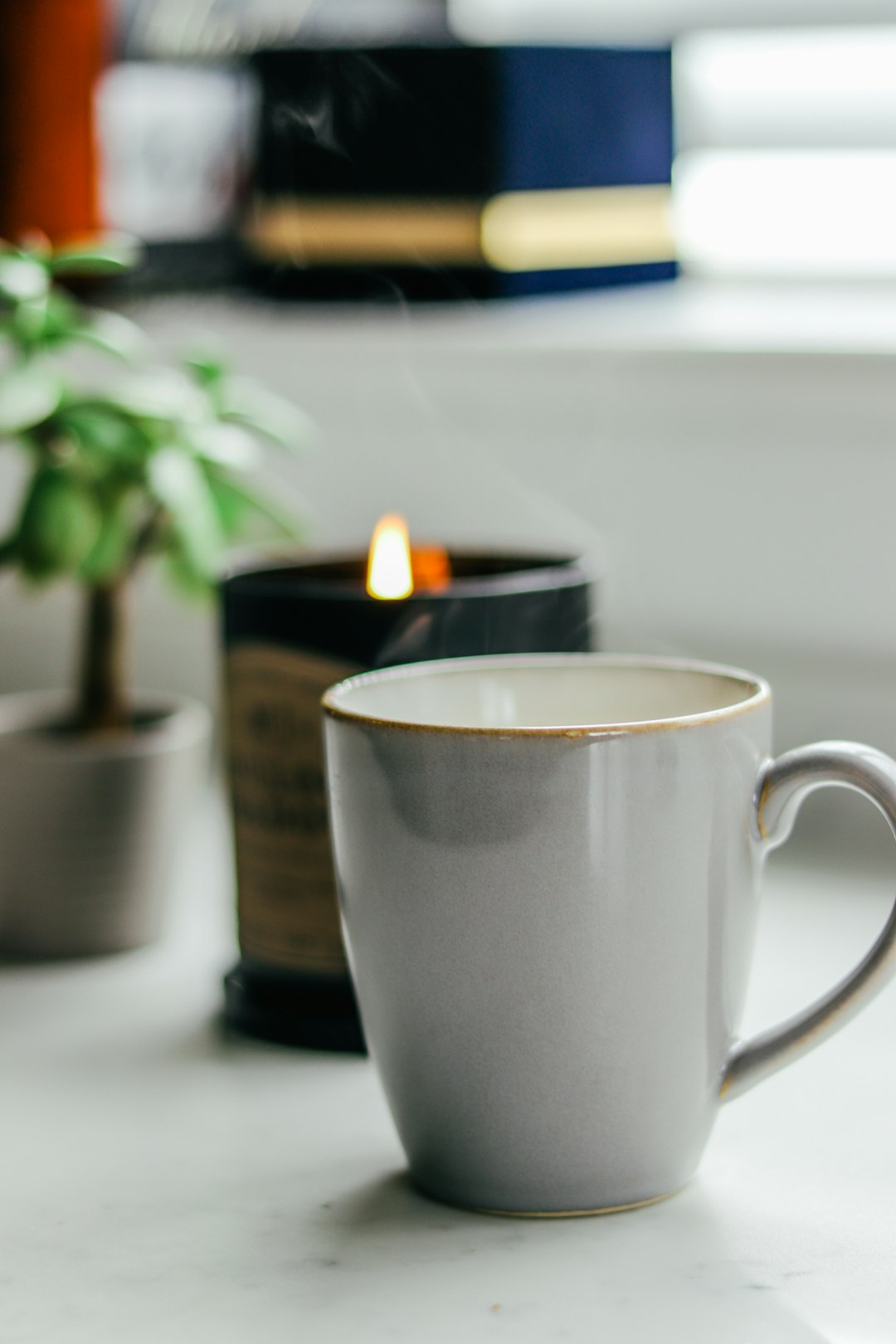
Growing a tea plant indoors is not just a hobby; it’s an adventure that connects you to the rich history of tea cultivation while providing you with fresh, homegrown leaves for your favorite brews. With the right care, patience, and a little love, you can successfully cultivate your own tea garden right in your living room! 🌱
Summary of Positives and Negatives
Positives:
- Adaptability: Tea plants can thrive indoors with proper care.
- Year-Round Harvest: Enjoy fresh tea leaves even in winter.
- Space Efficient: Perfect for small apartments or homes with limited outdoor space.
Negatives:
- Time Commitment: It takes about three years before you can start harvesting leaves.
- Specific Care Needs: Tea plants require specific light, soil, and humidity conditions to thrive.
In summary, if you’re ready to embark on this delightful journey, we wholeheartedly recommend giving it a try! Your future self will thank you with every cup of tea you brew. ☕️
Recommended Links
👉 Shop your indoor tea essentials:
- Tea Plants: Camellia Forest Nursery | Fast Growing Trees
- Books on Tea Cultivation:
FAQ
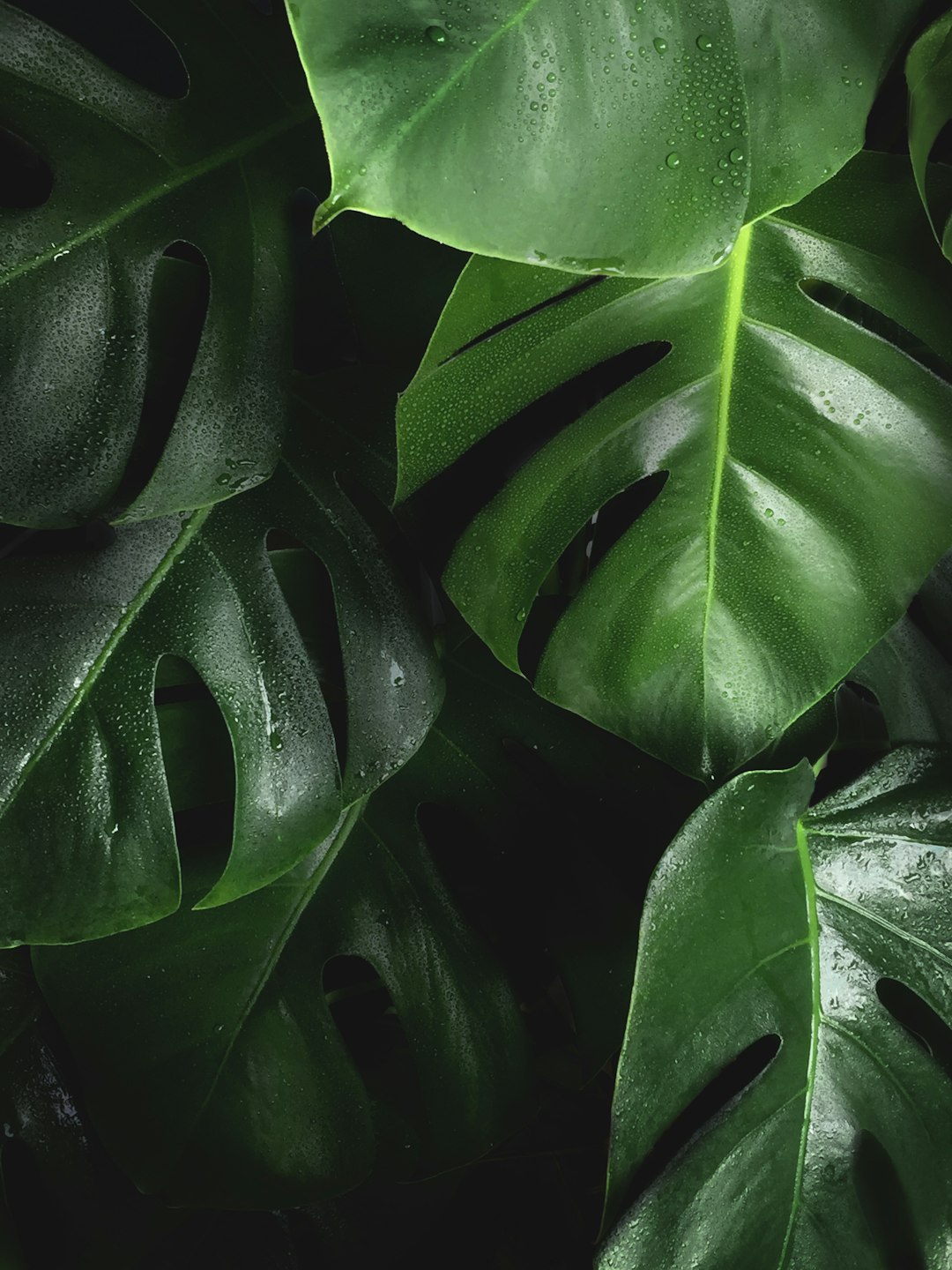
What are the best conditions for growing a tea plant indoors?
To grow a tea plant indoors, you need to provide bright, indirect sunlight for at least 6-8 hours a day, maintain a slightly acidic soil pH (4.5-6.5), and ensure consistent moisture without overwatering. A humidity level of around 50-70% is also ideal.
Read more about “What Are the Best Tea Plant Varieties for Growing in the US? 🌱”
How much light does a tea plant need to grow indoors?
Tea plants thrive in 6-8 hours of direct sunlight daily. A south-facing window is optimal, but you can supplement with grow lights if natural light is insufficient.
Read more about “What Tea Can You Grow at Home? 10 Varieties to Try! 🍃 …”
What type of soil and fertilizer is best for indoor tea plants?
Tea plants prefer a well-draining, slightly acidic soil mix. A blend of peat moss, perlite, and compost works well. For fertilization, use a balanced, water-soluble fertilizer every 2-4 weeks during the growing season to provide essential nutrients.
Read more about “Optimal Tea Plant Growing Conditions: 10 Essential Tips for Success 🌱 …”
Can I grow a tea plant from tea leaves or seeds indoors?
While you can technically grow a tea plant from seeds, it’s often more successful to start with a young plant or cutting. Growing from tea leaves is not feasible, as they are typically processed and not viable for planting.
Read more about “Discover the 10 Best Tea Varieties for Your Home Garden 🌱 …”
How often should I water my indoor tea plant to keep it healthy?
Water your tea plant when the top inch of soil feels dry. This usually translates to watering once a week, but it can vary based on humidity and temperature. Always ensure that the pot has good drainage to prevent root rot.
What are the most common pests and diseases that affect indoor tea plants?
Common pests include spider mites, aphids, and mealybugs. Diseases often arise from overwatering, leading to issues like root rot. Regular inspections and maintaining proper watering practices can help prevent these problems.
Read more about “Growing Tea from Seed: 10 Essential Tips for Success 🌱 …”
How long does it take for an indoor tea plant to mature and produce leaves for harvesting?
It typically takes about 3 years for a tea plant to mature enough for harvesting. During this time, focus on providing optimal care to ensure healthy growth.
What are the ideal temperature and humidity levels for growing a tea plant indoors?
Tea plants prefer temperatures between 60°F and 75°F (15°C – 24°C). They thrive in a humidity level of 50-70%, which can be achieved with a humidifier or by placing a tray of water near the plant.
Can I prune or train my indoor tea plant to control its size and shape?
Absolutely! Regular pruning encourages bushier growth and helps maintain a manageable size. You can also train your tea plant by gently bending branches or using stakes to guide its growth.
Are there any specific varieties of tea plants that are better suited for indoor growing?
Yes! Assam tea and China tea varieties are particularly well-suited for indoor growth. They adapt well to container life and can thrive with the right care.
Reference Links
- Young Mountain Tea Blog
- HGTV: How to Grow an Indoor Tea Garden
- Tea Happiness: Growing Tea Indoors
- US League of Tea Growers
With this knowledge in hand, you’re ready to start your indoor tea-growing adventure! Happy planting! 🌱✨
